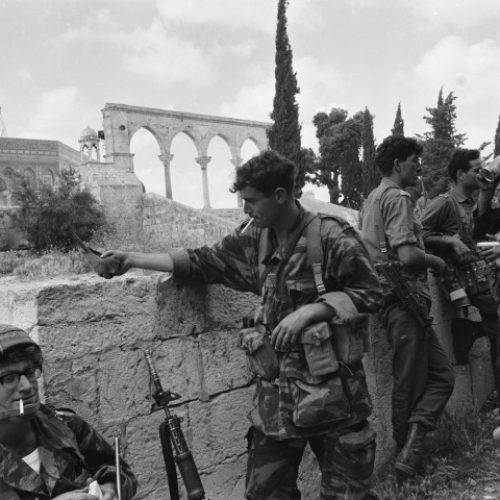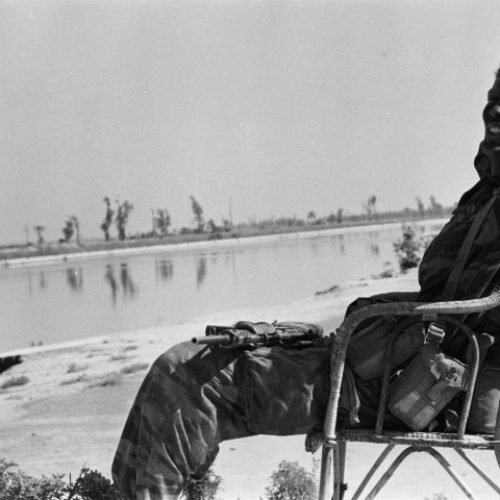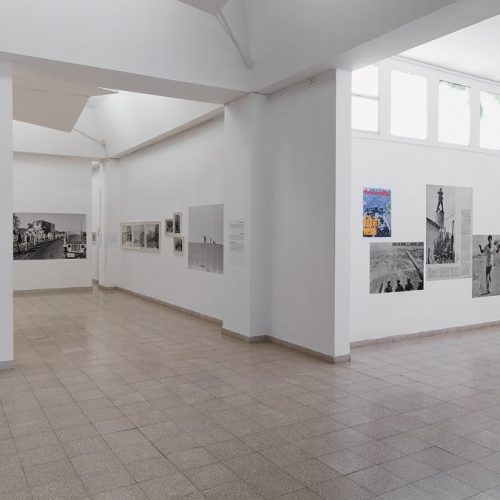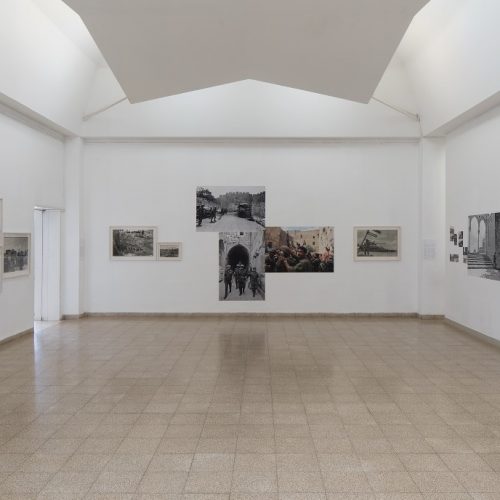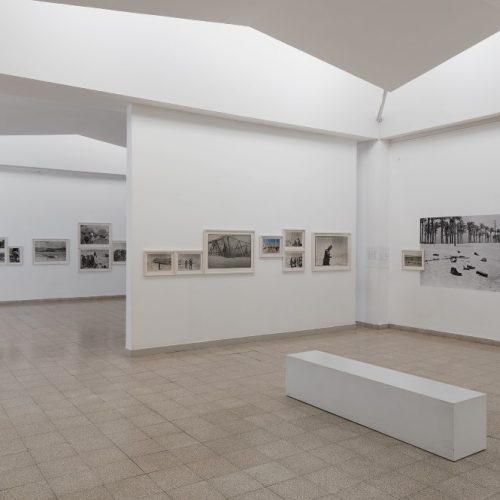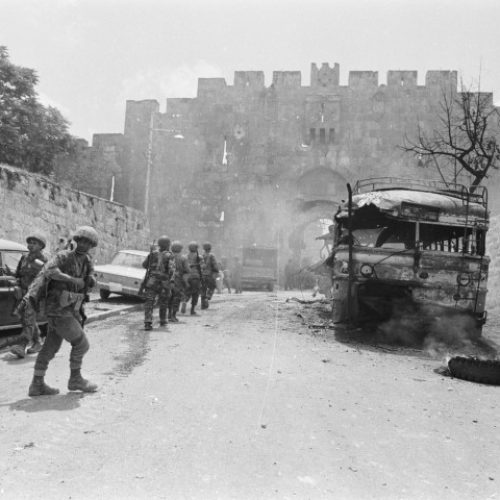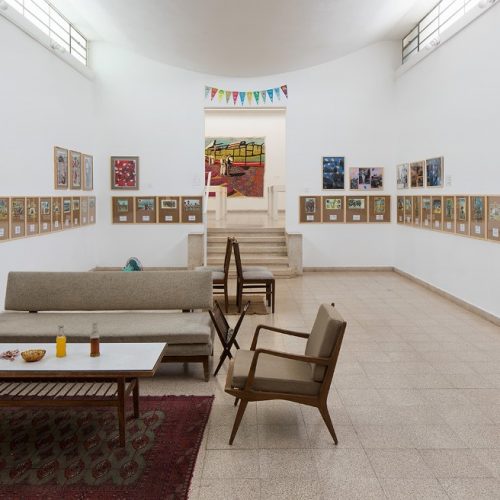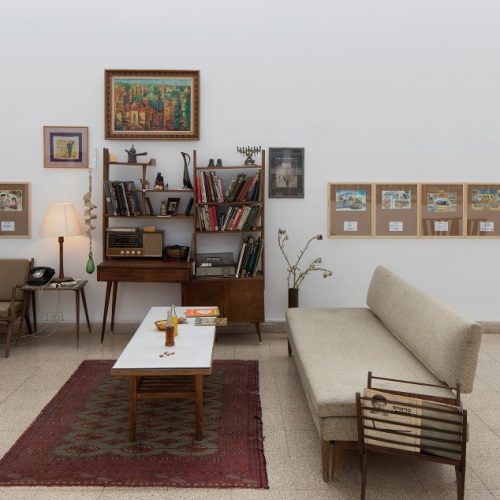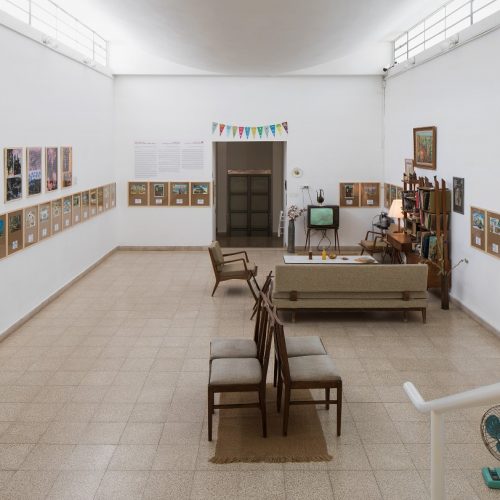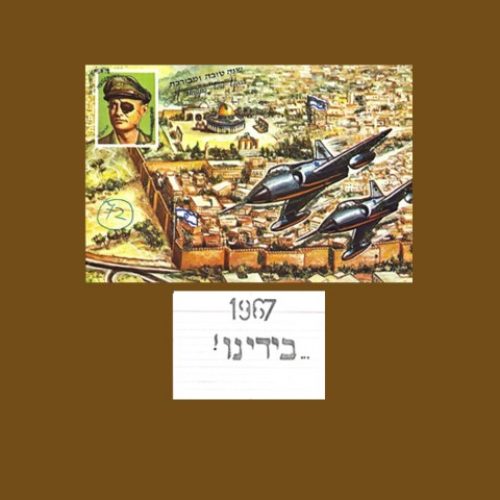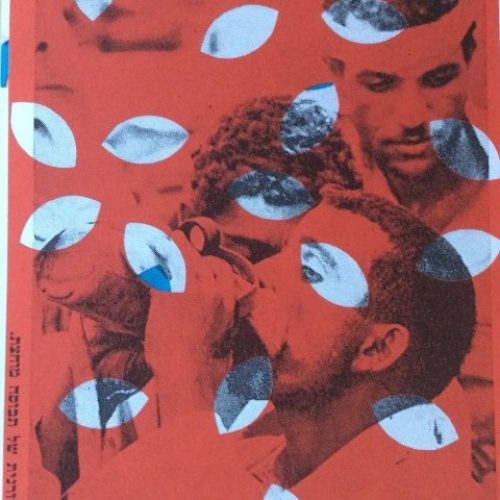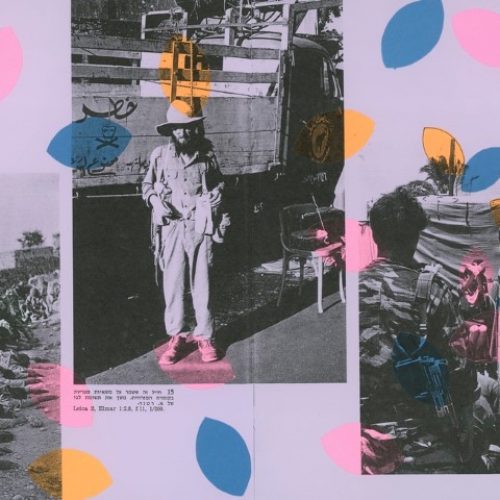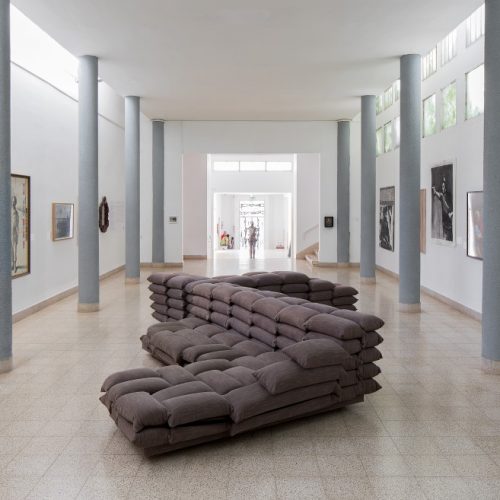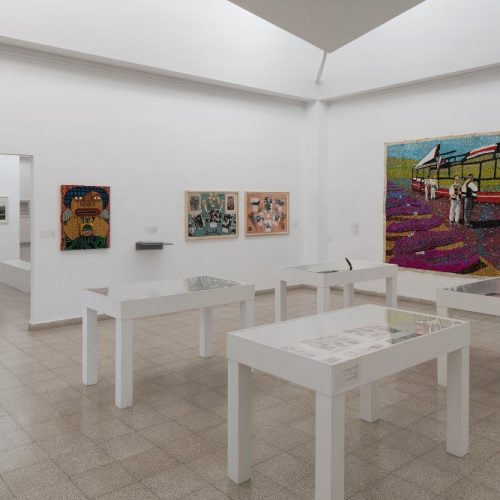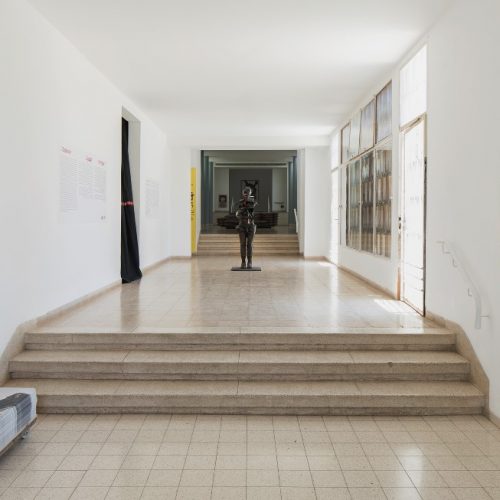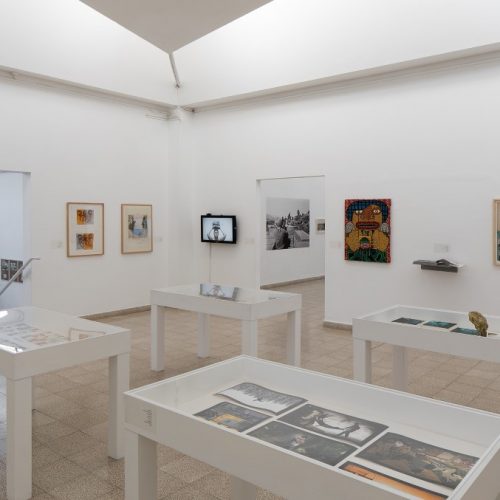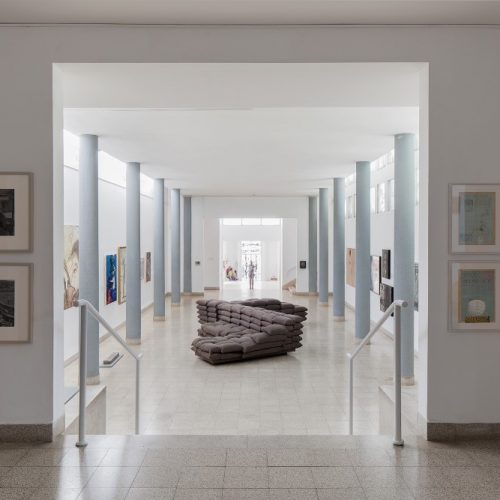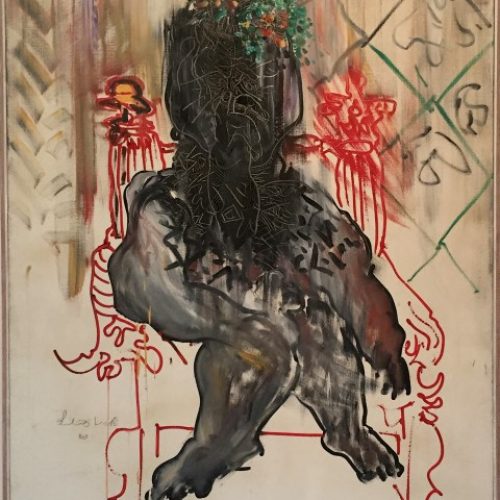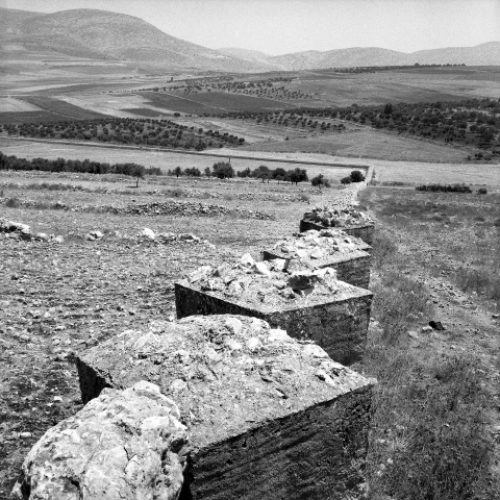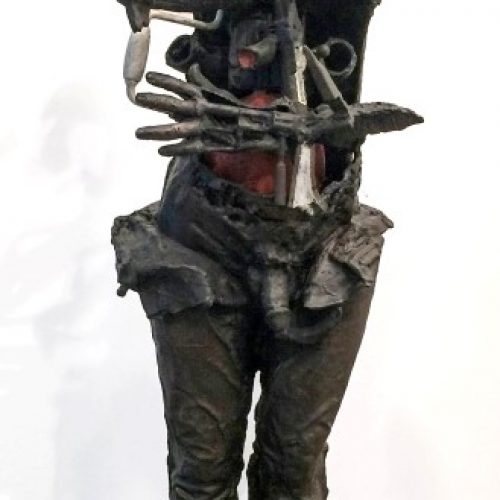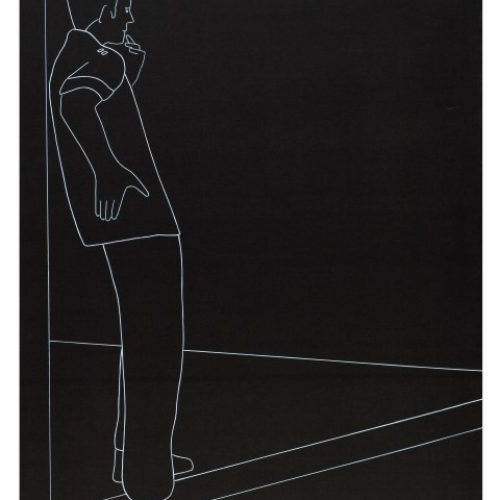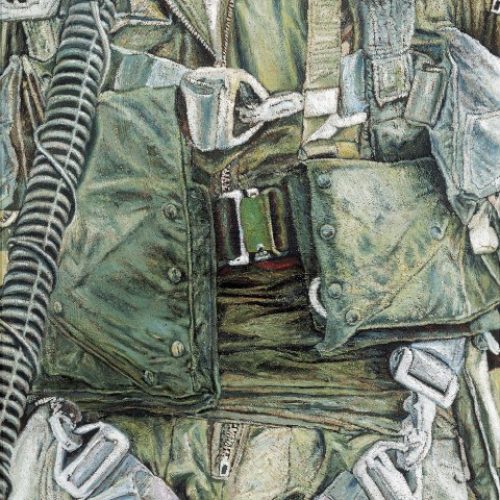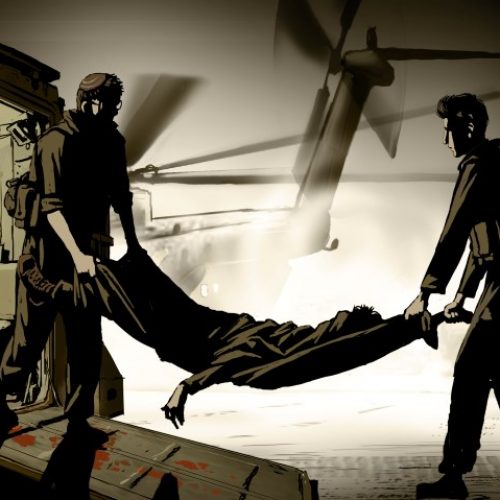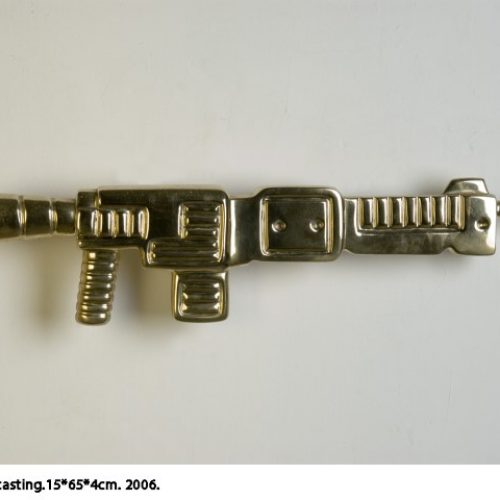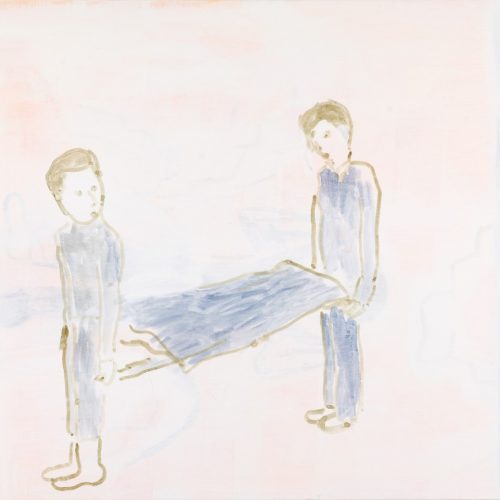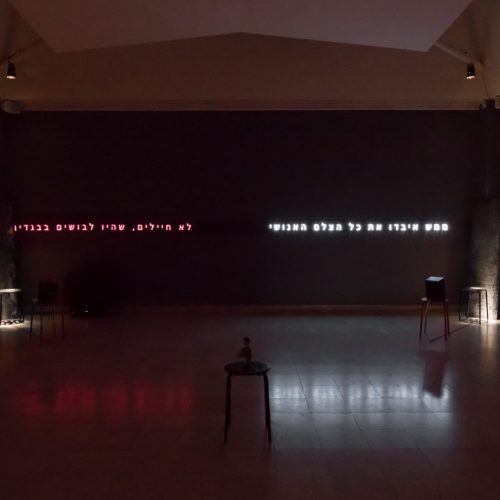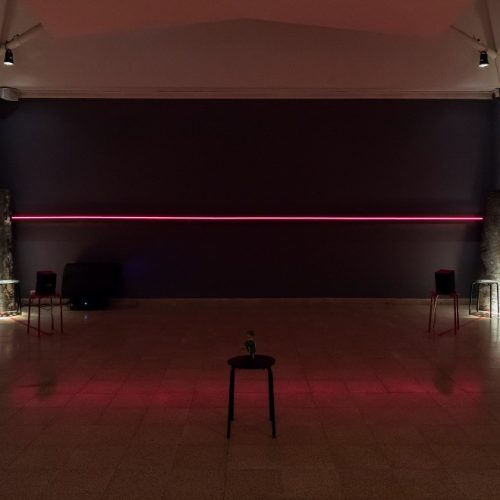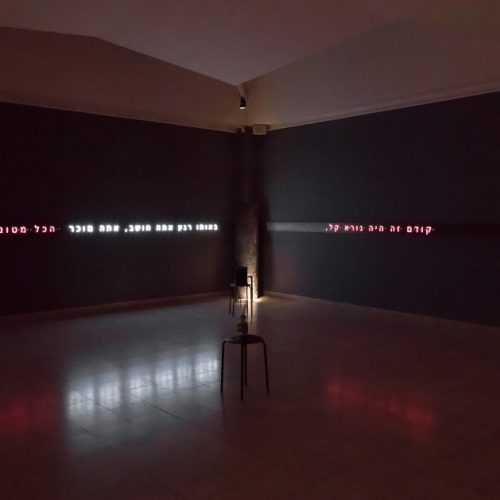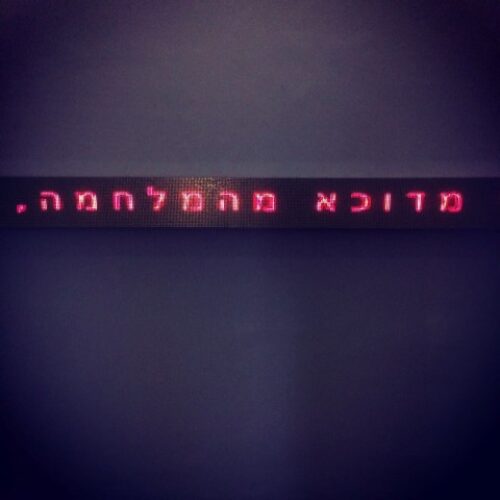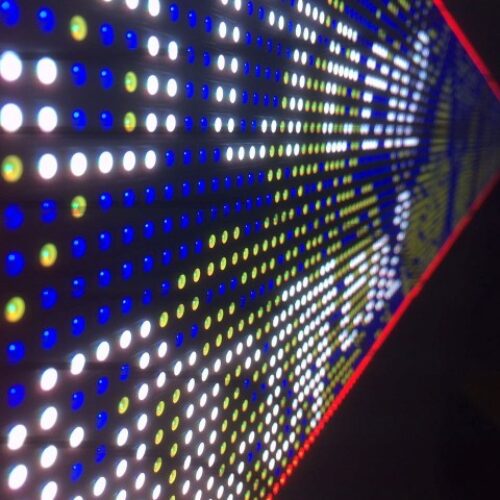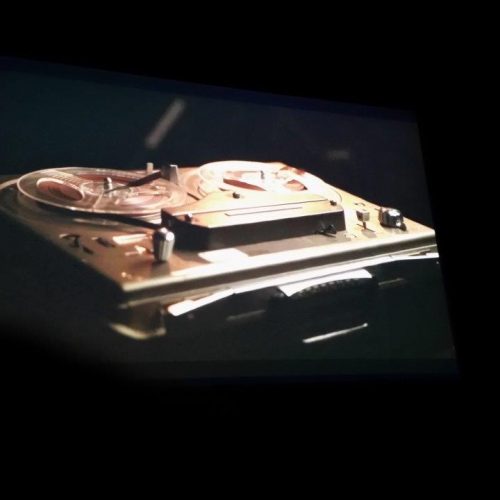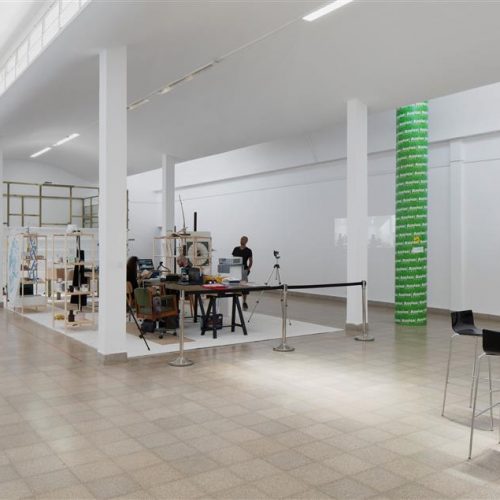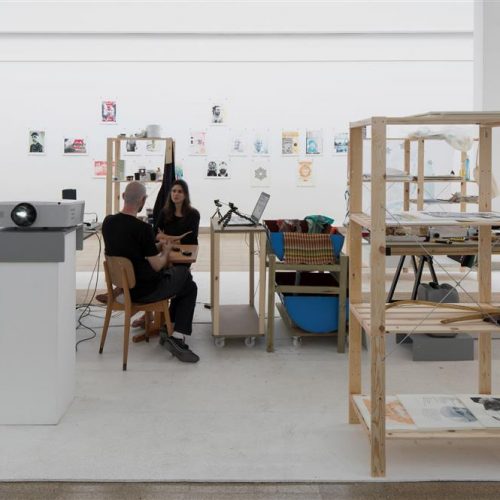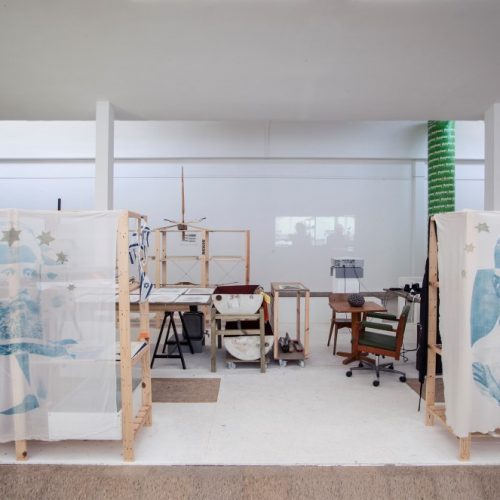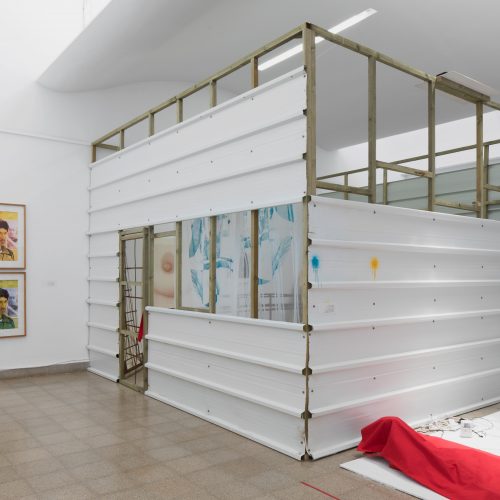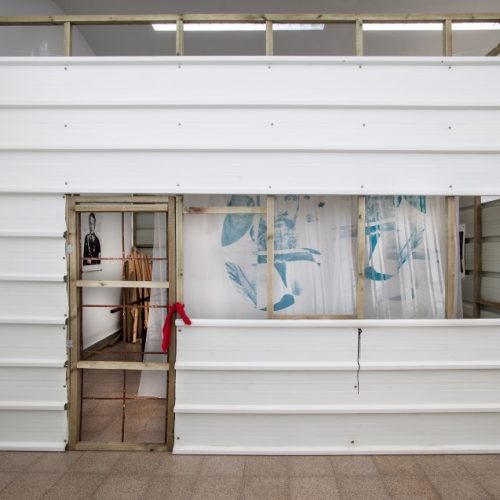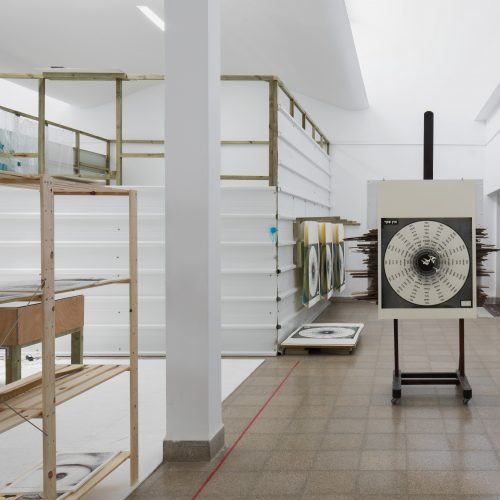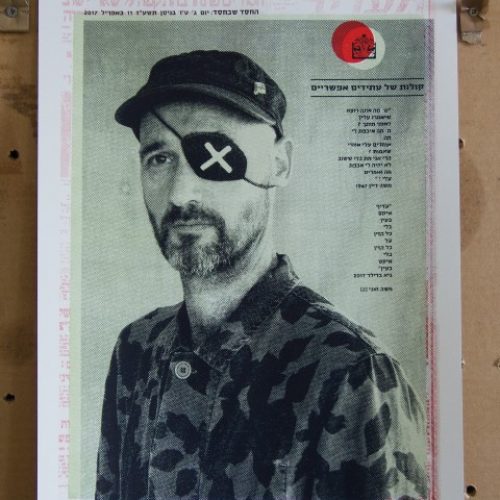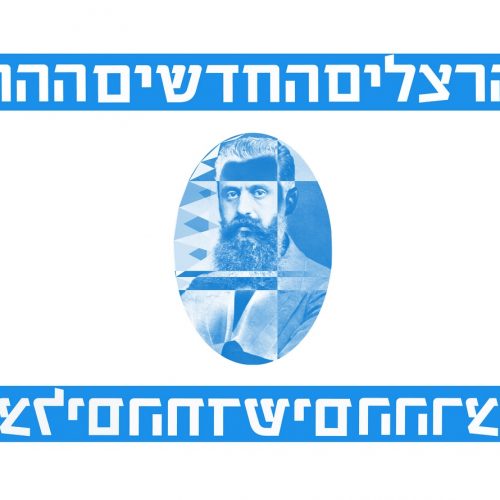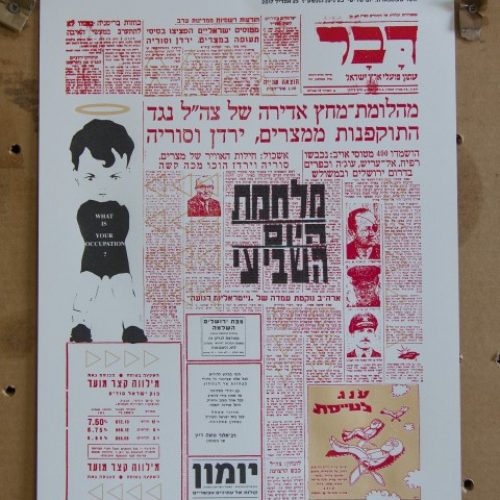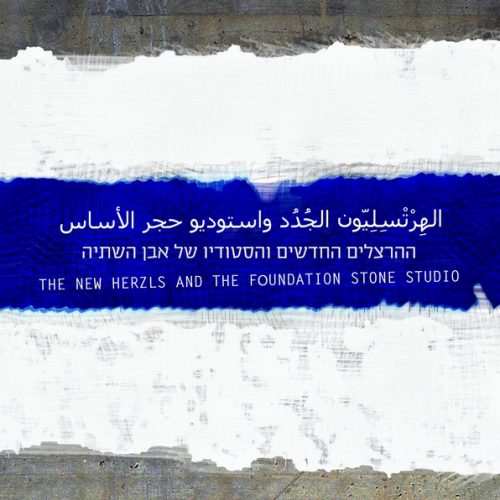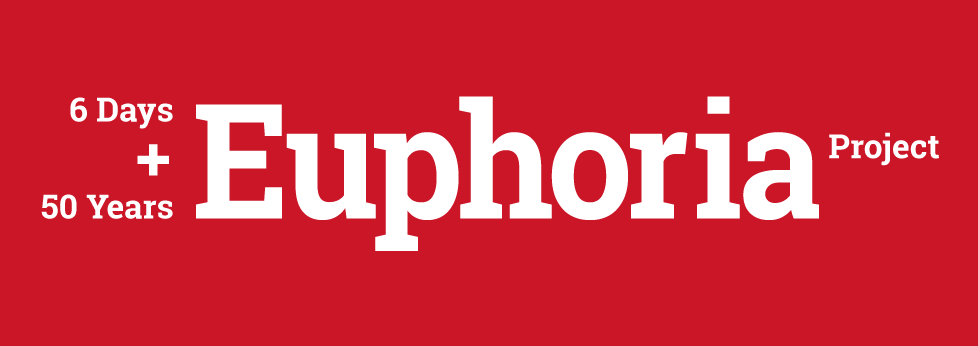
Chief Curatot: Yaniv Shapira
The Six Day War was one of the major milestones in the history of Israel, and its repercussions are keenly felt in Israeli society and culture to this day, fifty years later. The tinderbox of Israeli hubris instantly exploded after those six days, seen as a glorious victory and pregnant with euphoria – a state of mind foreign to Jewish culture as much as to Zionism and Israeliness, at least prior to that milestone. This euphoria is the theme of the present cluster of exhibitions. Project Euphoria comprises five exhibitions displayed in the entire museum space. All touch upon the existential anxiety characteristic of the Month of Waiting that preceded the war and of its six days, and even more so upon the euphoria that overwhelmed Israeli society in the ensuing weeks, months and years. This sensation swept the Israeli street across its social stratifications, from the finest intellectuals to the common man: in the ecstasy of abandon, in the grand victory albums, in chauvinistic folksongs and refrains, in the cult of generals and the vanity of vanities. In retrospect, it appears that this point in time became a critical juncture both in terms of future changes in Israeli society and in the Israeli-Arab conflict.
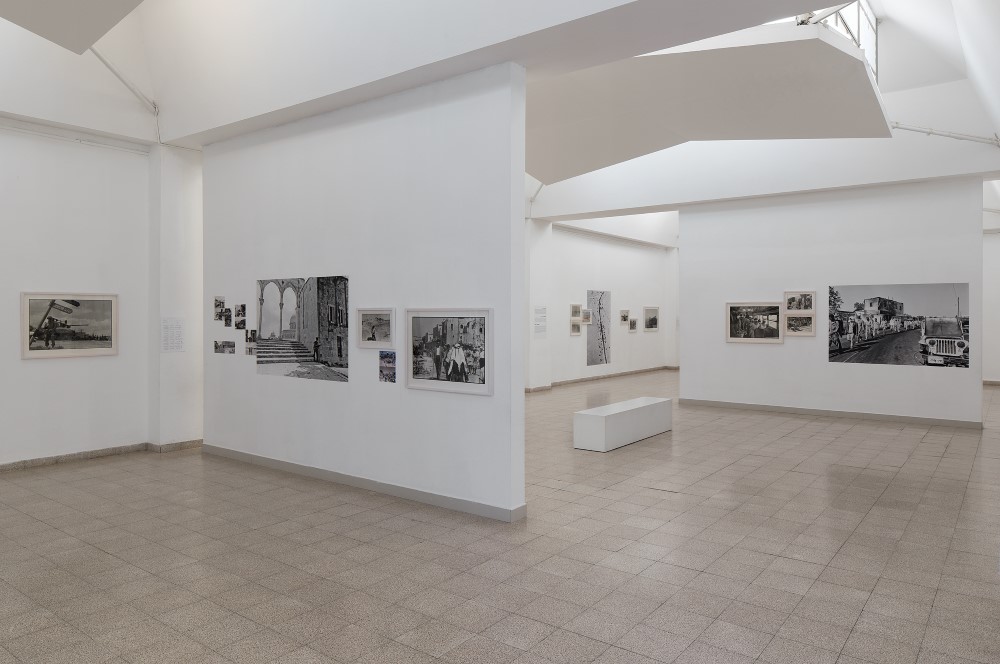
Gilles Caron: Inner Gaze>
Curator: Mikaela Zyss
Tens photographs that not yet published, taken by Gilles Caron. A young French photographer who arrived in Israel for a fashion story, observes the unfolding events and realizes Israel is gearing up for war. When it breaks, he masterfully photographs his first war on all three fronts: Sinai, the Golan and Jerusalem. His works characterized by empathy for the defeated as they surrender, for the humiliated captives; his compassion for the dead, his sympathy for the young soldier waiting or relishing a moment of rest.
Unfortunately, his short career ended tragically when he disappeared in Cambodia on April 5, 1970, in an area controlled by the Khmer Rouge. He was only thirty years old.
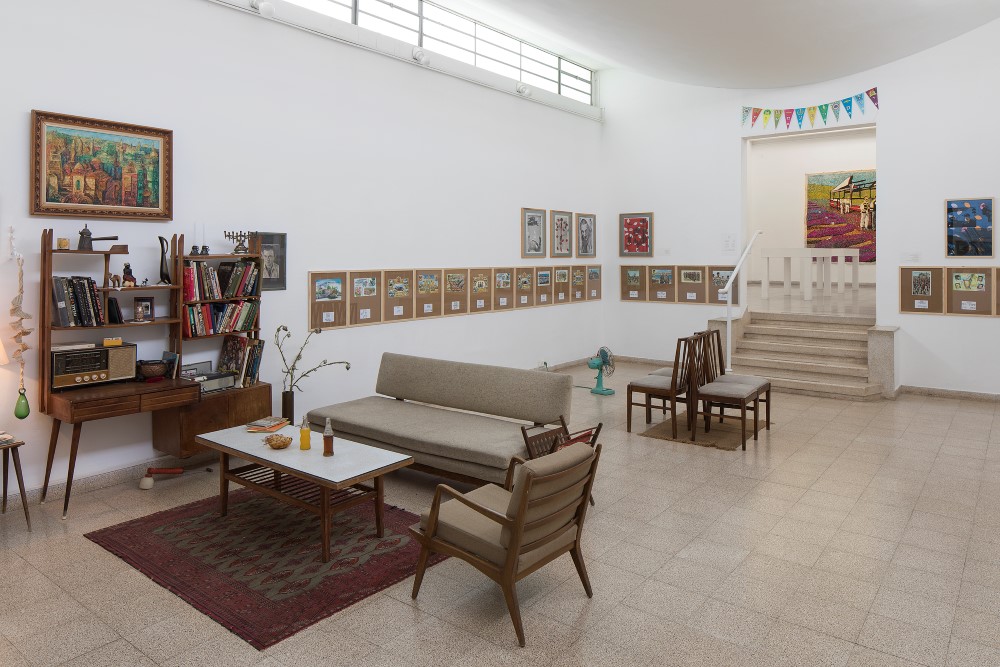
Shuka Glotman: Many A Good Year– Memory Room
Curator: Tal Gelfer
Artist Shuka Glotman’s Memory Room offers its visitors to experience a time capsule, where an inverse retrospective move takes place: the past is present and real, and reflects on the present. At the center of the exhibition is an installation that presents a typical 1960′ Israeli living room and the TV as it screens The ’68 Parade Marches Backwards. In Glotman’s video work. The series Many a Good Year surrounds the Israeli living room with military happy-new-year cards. The works in the exhibition form a time archive, starting with the post-Six Day War euphoria and delirium and ending in the present.
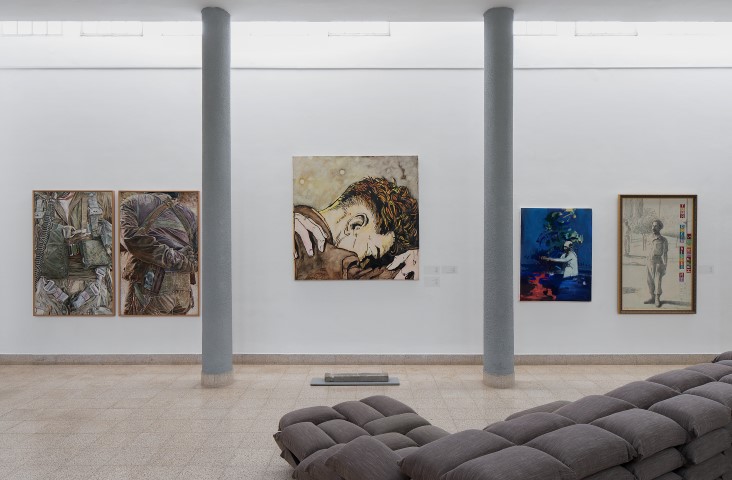
1967 Turns 50: Wartime Art
Curator: Dana Arieli
The exhibition presents an Impressive collection of Israeli art, since 1967 to 2017. Paintings and sculptures, next to photographs, comics, animations and designs.
The artistic dealing with the war and its consequences changed significantly over the years. Some chose to address it with direct reference to its repertoire of images: the war fronts, the public figures who led it, the armaments and other objects identified with power. Others chose a more detached iconography, where the war resonates but is not necessarily present.
Danny Lavie: 50 Years, Same Tune
Curator: Yaniv Shapira
The seventh Day was published in October 1967, shortly after the end of the Six Day War. During dozens of conversations held the intimacy of the kibbutzim during the ensuing days, the originators and visionaries of that collection gave voice to wartime traumas and coping.
The poignant present-day relevance of The seventh Day, fifty years after the fact, are
expressed in Dani Lavi’s sound installation. That annual refrain is sounded in the exhibition space in an infinite loop, gaining a visual dimension on the loop-shaped screen that surrounds the viewer/listener.
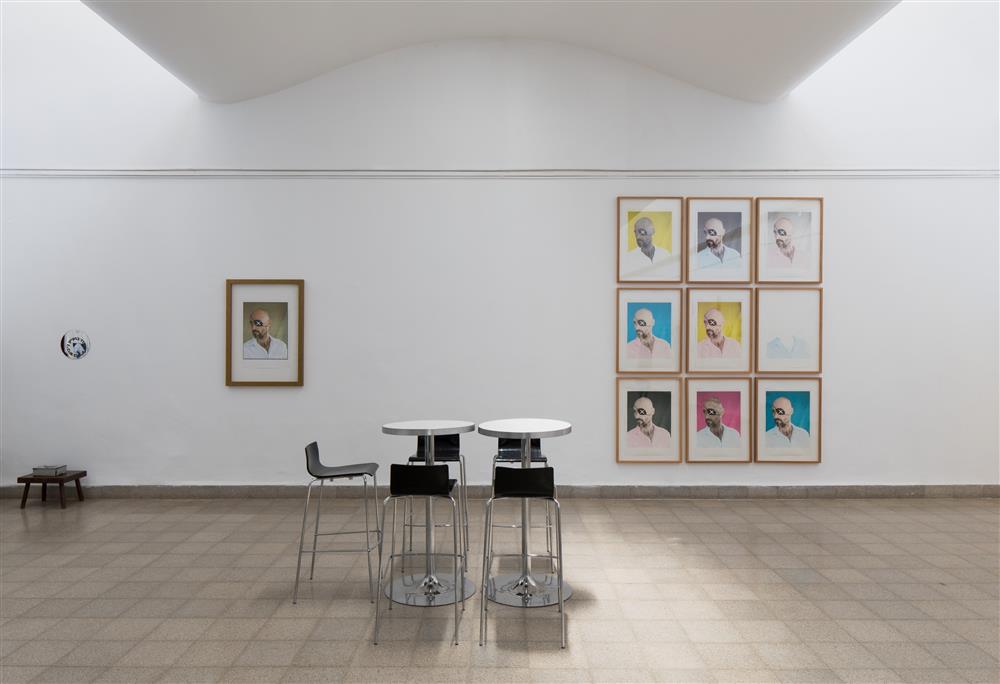
Guy Briller: The New Herzls and the Foundation Stone Studio
Curator: Elad Yaron
Congress//Daily//Alternative Reality Plan
The centerpiece of Guy Briller’s exhibition, The New Herzls and the Foundation Stone Studio, is a printing workshop used as an active installation, in which the artist has held dozens of discussions with guests – including fine and performing artists, poets, social activists, politicians and academics – all of whom have made the pilgrimage to the Mishkan Museum of Art in Ein Harod. Each with his own life story, worldview and social, cultural or political vision for Israel in 2017. Briller, for his part, wears the hat of the artist, shaman, confessor and alternatively – that of “the new Herzl”. These talks have been recorded and may be seen projected in the exhibition venue. The exhibition includes additional works, including a “missile” whose warhead is truncated by the ceiling, a dartboard covered with a print of the Kabbalah Sephirot with the inscription infinity, and an assemblage called “target list”.
Euphoria Project
Chief Curator: Yaniv Shapira
May-October 2017


